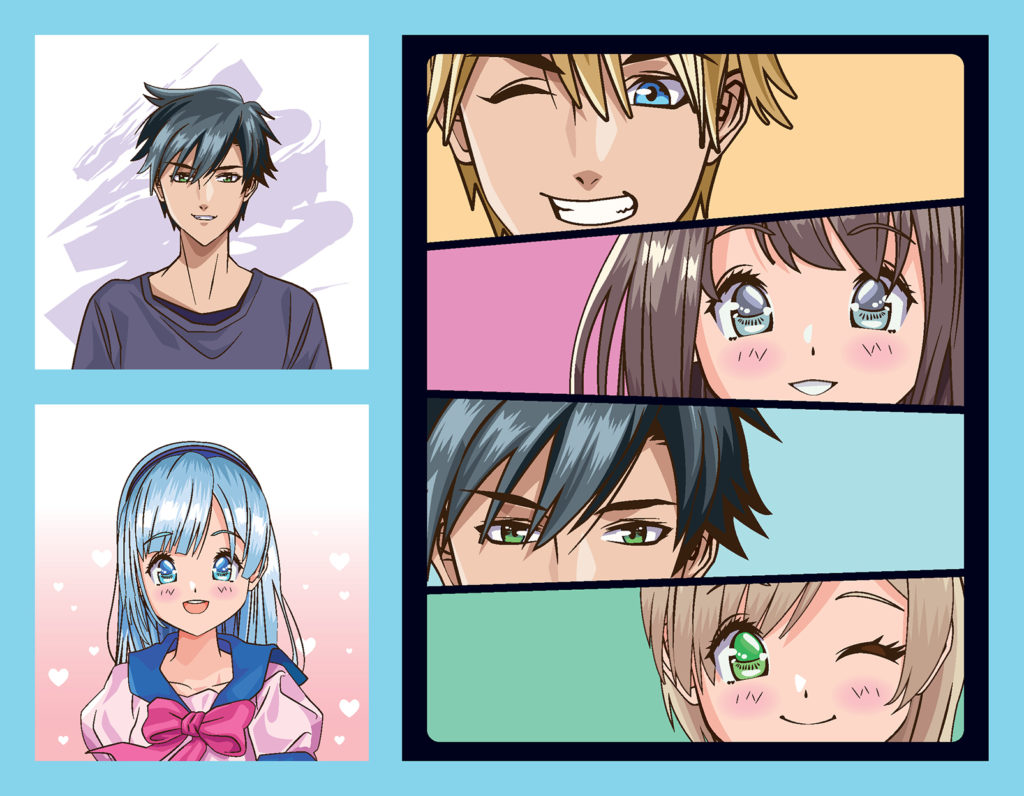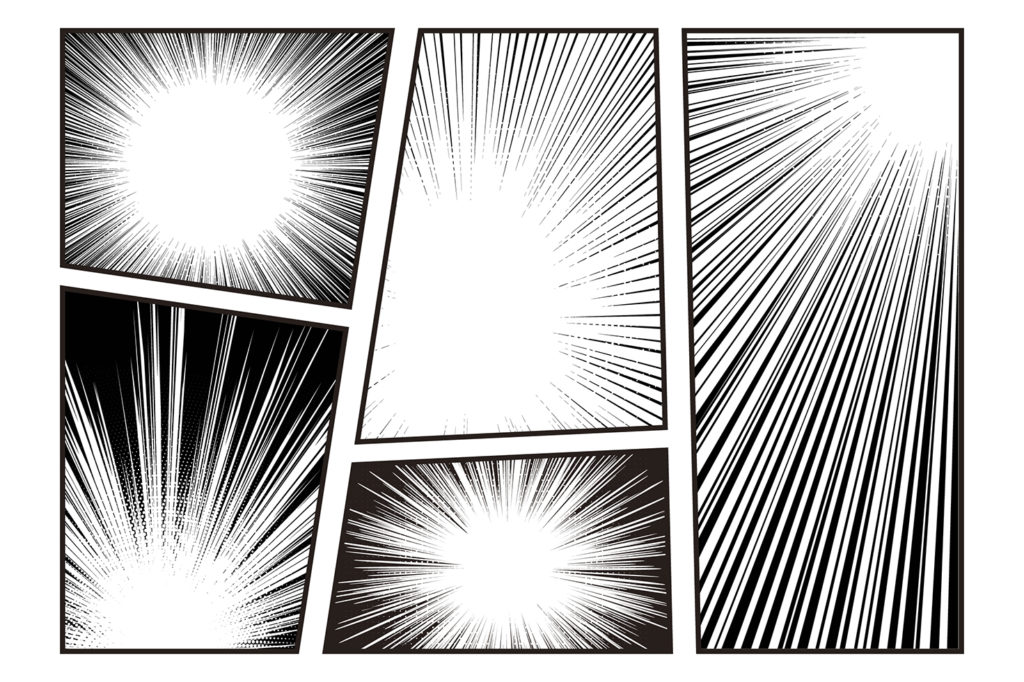
Chōjū-jinbutsu-giga: The Very First Manga
The first comic book in the United States is the 1842 hardbound print of The Adventures of Mr. Obadiah Oldbuck. With the increasing recognition of comics as an art form, compounded with the pop culture phenomenon of comic book conventions, and finally topping it off with the movie industry adapting comic books into a billion dollar franchise, graphic art has never been more popular and embraced by children and adults alike.
Manga (漫画) are original Japanese comic books that have a solid niche of followers from all around the world. Japanese manga creators conform to a particular style of artwork creation developed in the late 19th century. The Chōjū-jinbutsu-giga (鳥獣人物戯画)or “Animal-person Caricatures”, a famous set of four picture scrolls (emakimono) that date back to the mid-12th century, are said to be the oldest work of manga.
Animals wrestling on the first scroll of Chōjū-jinbutsu-giga.
The Chōjū-jinbutsu-giga scrolls are an ancient cultural property belonging to the Kōzan-ji, a Buddhist temple of the Omuro sect of Shingon Buddhism in Kyoto. The artwork can be traced back to the decline of the Fujiwara period, which in contrast expressed some of the best aspects of the artistic spirit of that age. The artist, believed to be Kakuyū (1053–1140), also known as Toba Sōjō, used animals garbed in monk attire in satirical playfulness.
The drawings of Chōjū-jinbutsu-giga made fun of Japanese priests of the time period using animals such as toads, monkeys, and rabbits.
Speed lines in manga art.
The animals on the drawing had many expressive faces. “Speed lines”, an effect similar to the blur caused by panning in still photography was used. It is a familiar technique still used in manga today.
Other Emakimono similar to Chōjū-jinbutsu-giga were rarely seen in public until their unique style made its way into popular culture where graphic artists adapted its concept. Emakimono gradually became very well known in the city of of Ōtsu, Shiga. It was even dubbed Ōtsu-e after its popularity in the city around the 17th century.
The Chōjū-jinbutsu-giga is rolled out from right to left, a style still used in many of today’s modern manga and Japanese books. The first two original scrolls of the Chōjū-jinbutsu-giga are in the care of the Tokyo National Museum and the last two are entrusted to the Kyoto National Museum. Reproductions of the scrolls can be viewed at Kōzan-ji. The Chōjū-jinbutsu-giga is credited to be the oldest work of manga in Japan and is a national treasure.


